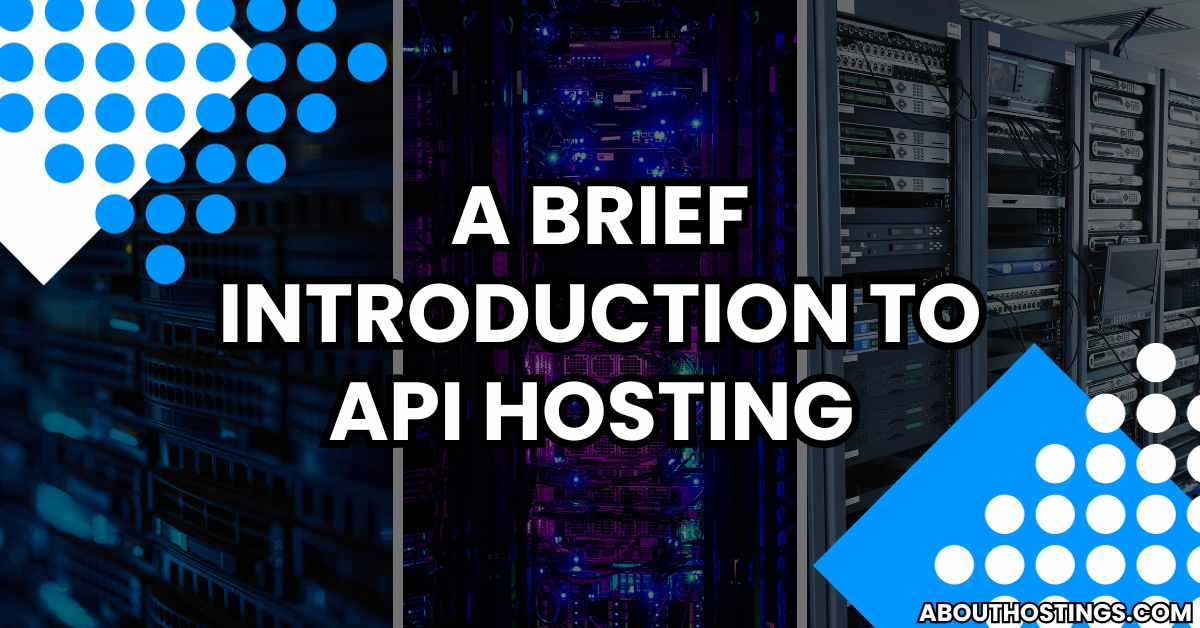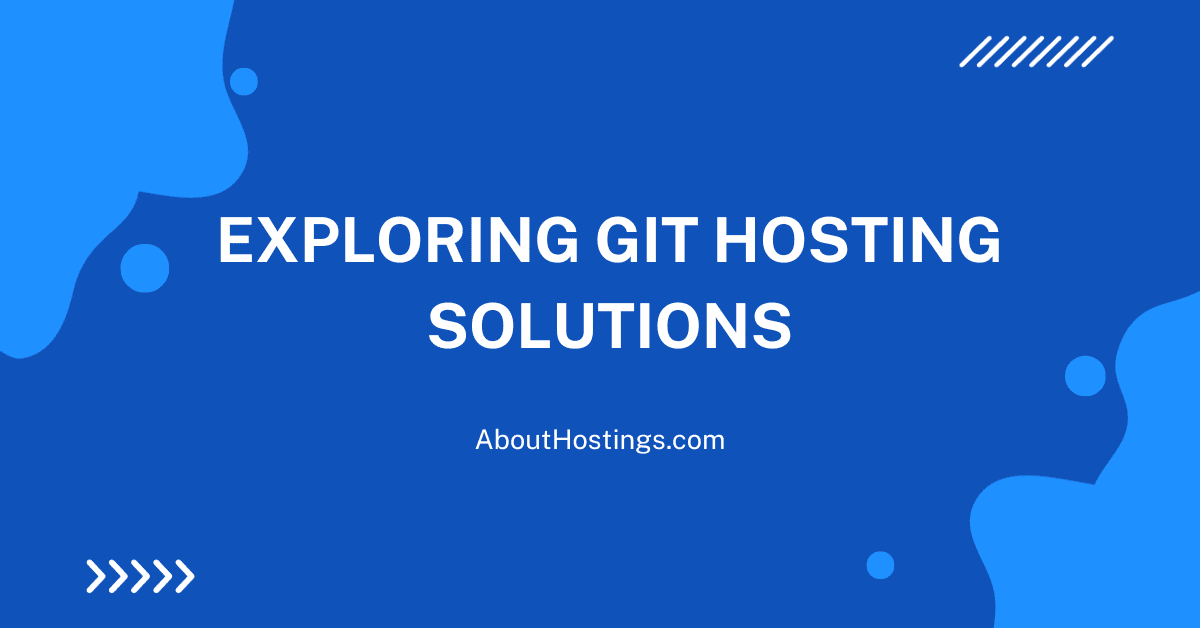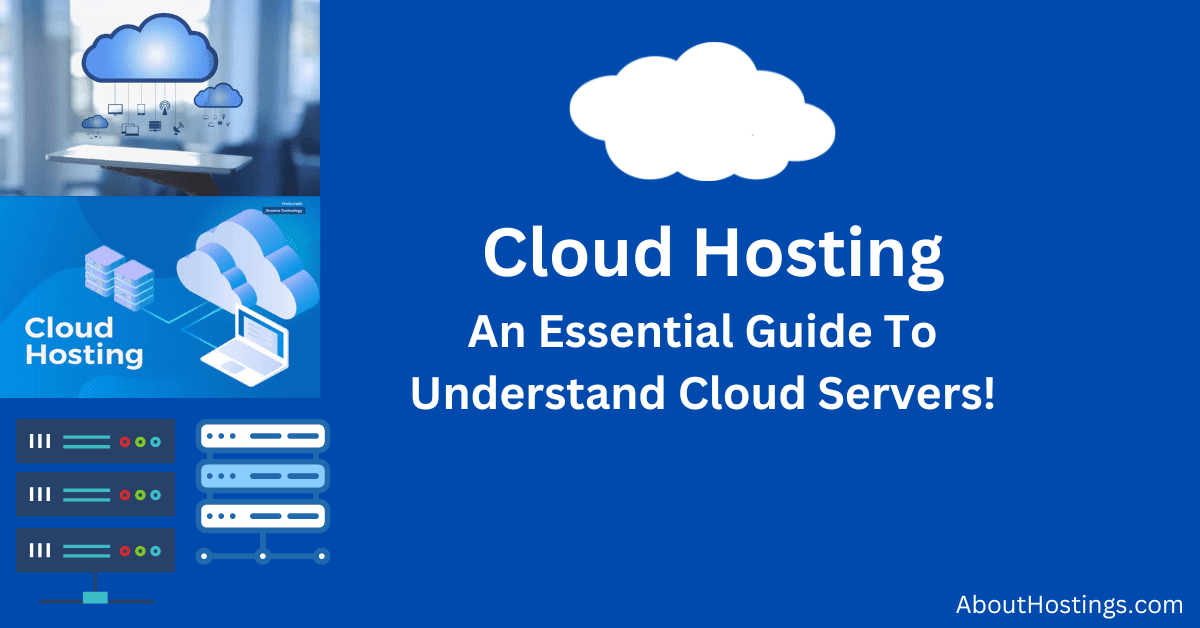In the fast-paced world of digital innovation, API hosting plays a pivotal role in enabling seamless data communication between different software applications and services. Whether you’re a developer, a business owner, or simply someone curious about the world of APIs, understanding what API hosting is and its significance is essential. In this comprehensive guide, we’ll delve into the depths of API hosting, discuss the best API hosting providers, and explore the nuances of this technology. From “What is API hosting?” to the pros and cons, we’ve got it all covered.
What is API Hosting?
API hosting, short for Application Programming Interface hosting, is the practice of making APIs accessible and available on the internet, whereas File API hosting simplifies the storage and sharing of files online, offering an efficient solution for data management and accessibility. An API is essentially a set of rules and protocols that allows one software application to interact with another, enabling them to share data and functionality. API hosting providers facilitate the deployment and management of these APIs, making them accessible to developers and businesses worldwide. This practice is crucial in the digital age, as it empowers seamless integration, enabling applications to communicate effectively and share resources, ultimately enhancing user experiences and driving innovation in software development
Why Take API Hosting?
API hosting is a pivotal element in contemporary software development and digital connectivity. It empowers businesses to expand their application functionality, elevate user experiences, and seamlessly integrate with external services. Through API hosting, organizations open the door to a multitude of opportunities, ranging from real-time data sharing to facilitating third-party integrations. This technology forms the backbone of modern digital innovation, enabling companies to adapt, evolve, and remain competitive in an ever-changing technological landscape.
How API Hosting Works?
API hosting works by providing a secure and scalable environment for hosting APIs. When a developer or a service provider hosts an API, it becomes accessible over the internet. Other applications can then send requests to this API, and the hosting infrastructure processes these requests, executes the required actions, and returns the desired data. This process enables smooth communication between different software components.
How do I host an API service?
Hosting an API service involves several steps, including selecting an API hosting provider, defining the API endpoints, setting up security measures, and configuring the hosting environment. Each hosting provider may have its own set of instructions and tools to assist with API deployment. Popular providers like Hostinger, Bluehost, Kinsta, and WP Engine offer user-friendly interfaces to help you get started.
What are the 4 types of API?
Open APIs: Open APIs, also known as public APIs, are a beacon of innovation and collaboration in the digital realm. These interfaces are designed to be accessible to external developers, fostering a spirit of openness and cooperation in the tech ecosystem.
Open APIs provide a gateway to valuable data and services, allowing third-party developers to create applications that can interact with and extend the functionality of a specific platform or service. They enable the seamless integration of various systems and applications, leading to enhanced user experiences and expanded functionalities.
One of the most notable examples of open APIs can be found in social media platforms like Facebook and Twitter, which allow developers to create applications that can access user data and post updates. This openness has led to the creation of countless third-party apps and integrations, enriching the user experience.
However, while open APIs offer tremendous opportunities, they also raise important considerations regarding security and data privacy. Striking the right balance between openness and protection remains a critical challenge in the world of open APIs. Nonetheless, these interfaces continue to drive innovation, empower developers, and fuel the growth of the digital ecosystem.
Partner APIs: Partner APIs, sometimes referred to as private APIs, serve as bridges of collaboration and data sharing between trusted entities within the digital landscape. Unlike open APIs that are accessible to the public, partner APIs are shared selectively with specific business partners, associates, or trusted developers.
These APIs facilitate secure and controlled interactions between organizations, allowing them to exchange data, services, or functionalities while maintaining a level of exclusivity and privacy. Partner APIs are commonly employed in scenarios where two or more entities need to work closely together, such as in joint ventures, collaborations, or B2B relationships.
By leveraging partner APIs, businesses can streamline their operations, enhance customer experiences, and extend their services seamlessly to trusted affiliates. However, the success of partner APIs depends on establishing clear agreements, security protocols, and monitoring mechanisms to ensure that data remains confidential and interactions remain smooth and secure.
In essence, partner APIs empower organizations to form strategic alliances and unlock new possibilities, all while maintaining control over their digital assets and resources.
Internal APIs: Internal APIs, also known as private APIs, are the hidden engines that power an organization’s digital infrastructure. Unlike public or partner APIs, internal APIs are designed for use exclusively within a company’s ecosystem. These APIs enable various departments, systems, and applications within an organization to communicate and share data seamlessly, streamlining operations and enhancing efficiency.
Internal APIs are essential for breaking down data silos, ensuring that different software components can collaborate effectively. They are commonly used to connect backend databases, legacy systems, and modern applications, allowing for real-time data exchange and integration. This enhances decision-making processes, improves productivity, and facilitates innovation.
One typical example of internal APIs is the integration of a customer relationship management (CRM) system with an enterprise resource planning (ERP) system, enabling sales and finance teams to access relevant data in real-time. While these APIs are not exposed to external parties, they play a critical role in maintaining a cohesive digital environment, enabling organizations to adapt and thrive in today’s technology-driven world.
Composite APIs: CComposite APIs represent the convergence of multiple endpoints or services into a unified interface, simplifying complex interactions in the digital landscape. These APIs serve as a one-stop solution, aggregating data or functionalities from various sources and presenting them as a cohesive whole.
A classic example of composite APIs is a weather application that combines data from multiple weather services, traffic reports, and location services to provide users with a comprehensive weather report for their area, along with real-time traffic updates. By offering this consolidated information through a single interface, composite APIs enhance user experiences by eliminating the need to navigate multiple sources independently.
Composite APIs are instrumental in creating user-friendly applications that require data from various sources, promoting efficiency and ease of use. While they involve more complexity in their development, they simplify the end-user experience and are indispensable in creating integrated, data-rich applications that provide a comprehensive, holistic view of the information users seek.
What is API design and Its Approaches
API Design refers to the process of creating and defining an API so that it is efficient, easy to use, and serves its intended purpose effectively. Good API design is crucial for promoting developer adoption, ensuring stability, and fostering a positive user experience.
There are several approaches to API design, and the choice of approach depends on the specific requirements and goals of the API. Here are some common approaches:
RESTful API Design: Representational State Transfer (REST) is an architectural style that uses a stateless, client-server communication model. RESTful APIs are designed around resources and use HTTP methods (GET, POST, PUT, DELETE) to perform CRUD (Create, Read, Update, Delete) operations on these resources. They are known for their simplicity and scalability.
SOAP API Design: Simple Object Access Protocol (SOAP) is a protocol for structuring messages in web services. SOAP APIs are characterized by strict standards, XML-based message formats, and built-in security features. They are commonly used in enterprise-level applications.
GraphQL API Design: GraphQL is a query language for APIs that enables clients to request exactly the data they need. It provides a more flexible and efficient way to interact with APIs by allowing clients to define their data requirements in the query.
RPC (Remote Procedure Call) API Design: RPC APIs enable clients to invoke procedures or methods on remote servers as if they were local. They are often used in distributed systems and microservices architectures.
Hypermedia API Design: Hypermedia APIs, such as HATEOAS (Hypermedia as the Engine of Application State), include links and information within responses that guide clients on how to interact with the API. This approach promotes self-discovery and reduces the need for extensive documentation.
Event-Driven API Design: Event-driven APIs allow applications to react to events or messages asynchronously. They are commonly used in real-time applications, IoT systems, and microservices architectures.
Each API design approach has its strengths and weaknesses, and the choice depends on factors like the project’s requirements, the expected use cases, and the developer team’s familiarity with the chosen approach. Good API design principles include simplicity, consistency, clarity, versioning, security, and thorough documentation to ensure that developers can effectively use and integrate with the API.
Pros of API Hosting
Enhanced Connectivity: API hosting facilitates seamless integration between applications, leading to enhanced connectivity.
Scalability: Hosting providers offer scalable solutions to accommodate growing traffic and usage.
Global Reach: APIs hosted on the internet can be accessed globally, expanding your reach.
Cons of API Hosting
Security Concerns: APIs can be vulnerable to security threats if not properly protected.
Maintenance Challenges: Regular maintenance and updates are necessary to ensure API functionality.
Costs: Depending on the hosting provider and usage, hosting APIs can incur costs.
How Secure Is API Hosting?
API hosting security is a paramount concern. Top hosting providers implement robust security measures, including encryption, authentication, and authorization, to protect APIs and sensitive data. Regular security audits and updates are essential to maintain a secure hosting environment.
Best API Hosting Providers
Choosing the best API hosting provider is crucial for the success of your project and they are the best web hosting providers for API hostings. Here’s a quick comparison of some popular hosting services with comparisons that provide free API hosting services too:
Hostinger vs Bluehost: Comparing Hostinger vs Bluehost reveals differences in pricing, features, and performance, allowing users to choose the hosting provider that best suits their specific needs. Both offer reliable hosting services, but Hostinger is known for affordability, while Bluehost is renowned for its user-friendly interface.
Kinsta vs. WP Engine: These premium hosting providers excel in managed WordPress hosting, with Kinsta offering top-tier performance and WP Engine focusing on scalability. Analyzing the strengths and weaknesses of Kinsta vs WPEngine helps businesses select the managed WordPress hosting solution that aligns with their performance and scalability requirements.
SiteGround vs. HostGator: SiteGround is lauded for its exceptional customer support, while HostGator is known for its budget-friendly options. Deciding between SiteGround vs HostGator involves considering factors like hosting performance, customer support, and pricing to determine which web hosting provider best meets your website’s needs.
Bluehost vs. DreamHost: Comparing Bluehost vs DreamHost highlights variations in hosting features, reliability, and support, enabling users to make an informed choice for their website hosting requirements. Bluehost stands out for its WordPress-centric services, while DreamHost is celebrated for its commitment to privacy and user data protection.
Cloudways vs. SiteGround: When evaluating Cloudways vs SiteGround, it becomes evident that each offers distinct advantages in terms of hosting infrastructure and scalability, allowing users to pick the platform that aligns with their website’s growth ambitions. Cloudways provides cloud hosting solutions with high flexibility, while SiteGround offers shared hosting with excellent customer service.
GoDaddy vs. Namecheap: GoDaddy offers a wide range of services, including hosting and domain registration, while Namecheap focuses on affordability and domain-related services. Godaddy vs Namecheap presents a comparison between two popular domain registrars, with each offering unique domain management features and pricing options for users seeking to secure their online presence.
Conclusion
API hosting is the backbone of modern digital connectivity, enabling businesses and developers to harness the power of data integration and external services API web hosting provides a platform for developers to deploy and manage web-based APIs, enabling seamless communication between software applications and services over the internet. It empowers innovation, streamlines processes, and enhances user experiences. To succeed in the digital landscape, choosing the right API hosting provider is crucial, and understanding the pros and cons ensures you make informed decisions. As technology continues to evolve, API hosting will remain a cornerstone of digital transformation.
Frequently Asked Questions (FAQs)
Q. What is API hosting?
A. API hosting is the practice of making Application Programming Interfaces (APIs) accessible and available on the internet, allowing software applications to communicate and share data seamlessly.
Q. What are the best API hosting providers?
A. Some popular API hosting providers include Hostinger, Bluehost, Kinsta, WP Engine, SiteGround, HostGator, DreamHost, Cloudways, GoDaddy, and Namecheap.
Q. How secure is API hosting?
A. API hosting security is a top priority for hosting providers, and they implement encryption, authentication, and authorization measures to protect APIs and data.
Q. What is the difference between SOAP and REST API?
A. SOAP (Simple Object Access Protocol) and REST (Representational State Transfer) are two different approaches to designing web services. SOAP is known for its strict standards, while REST is favored for its simplicity and scalability.
Q. What are the advantages of API hosting?
A. The advantages of API hosting include enhanced connectivity, scalability, and a global reach, allowing businesses to expand their reach and streamline processes.











